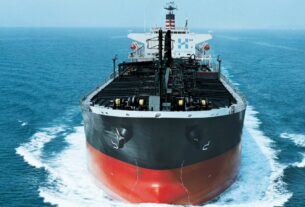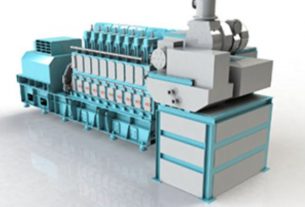Europe – The turquoise route to produce hydrogen is still underexposed. Using various techniques, such as pyrolysis and plasma, methane can be converted into hydrogen and a valuable carbon product – without CO2 emissions. But times are changing. The first installations are put into use.
Methane pyrolysis or plasma technology offer interesting valuable products in addition to hydrogen in production. Consider, for example, useful products for agriculture and chemistry such as carbon black, graphite and even ethylene. The route therefore provides extra value due to the co-production.
There are also advantages on the cost side. According to BASF, a technique it developed uses about a quarter more energy than traditional steam methane reforming, but does not require CO2 capture and storage. The green route – the electrolysis of water – requires ten times as much energy, according to researchers from the group. It all still has to prove itself on an industrial scale. There is not yet a commercial factory in this area anywhere.
Europe
This could change in the coming years. Methane pyrolysis seems closest to commercialization. Many parties are conducting research into this, including TNO in the Netherlands. A few years ago, it seemed like the future-proof technological route for Russia’s Grazprom to continue to capitalize on natural gas resources in Europe: large-scale conversion into hydrogen. That scenario can be thrown into the trash bin for the time being and perhaps forever.
Of the large companies, BASF in particular has started working energetically. There is now a demonstration installation in the middle of its enormous grounds in Ludwigshafen. The initial plan was to build the first commercial factory in 2025. That no longer seems feasible, mainly due to geopolitical circumstances. Moreover, Europe does not seem to be in a great location with the current still relatively high natural gas prices.
Larger scale
However, the German company Graforce is not deterred by this. The required methane does not necessarily have to be natural gas, but can also be extracted from manure, for example as biogas. The innovative company is currently conducting several tests in the start-up phase of a plant for the conversion of methane into hydrogen and carbon black through its plasmalysis technique. Because the process takes place without oxygen, no CO2 is created. The installation was completed and officially opened in September. Graforce is currently working on expanding its strategic partnerships with investors to accelerate the technology’s commercialization.
In Australia, the Hazer company also seems to be making good progress. Just before Christmas, the company successfully tested the reactor of the commercial demonstration plant (100 tpa). While the others produce carbon black in addition to hydrogen, the co-product of Hazer’s installation is graphite. The company uses iron ore as a process catalyst. Hazer has several international projects in development for larger-scale applications.
Plasma
The use of plasma technology for hydrogen production from methane also seems hopeful, but is still somewhat further away from commercialization. For example, Brightsite’s plasma laboratory at Chemelot is investigating how plasma technology from methane can produce acetylene or ethylene in combination with hydrogen efficiently and soon affordable. Bightsite wants to build a pilot plant in Geleen for this purpose. The big challenge for now is to make this route affordable. For example, if the CO2 price continues to rise, this route will eventually pay off.
Availability
Co-production via turquoise routes seems to be a serious option for many regions. In any case, because it simultaneously produces multiple, valuable products and therefore more money to cover the costs. The higher the added value of the co-products, the better it is of course. In addition to hydrogen, electrolysis of water only produces oxygen, with hardly any market value. Moreover, the electrolysis of water requires a lot of electrical energy. That is less of a problem in sun-drenched countries, with extremely low costs for PV power.
But in Northwestern Europe, for example, and certainly in domestic industry clusters, smarter choices may be possible in the coming decade. Especially if the availability of electricity remains an issue for the time being.





